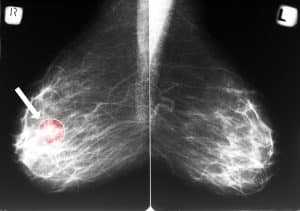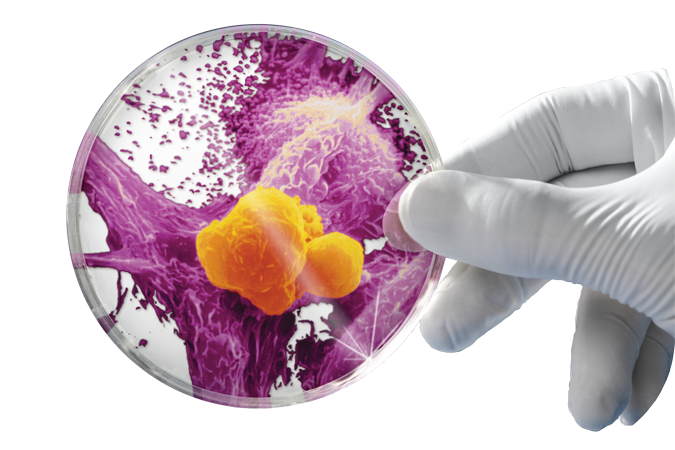 The United States has a high number of women who are diagnosed with breast cancer each year. About one in ten women will get an invasive breast cancer during their lifetime. Additionally, just under 300,000 new cases are expected before the year 2020. The good news is that breast cancer is often highly treatable. Doctors are able to extend the lives of patients more often than in other cancers, as the average five year survival rate is above 85%, and the average ten year survival rate is 83%.
The United States has a high number of women who are diagnosed with breast cancer each year. About one in ten women will get an invasive breast cancer during their lifetime. Additionally, just under 300,000 new cases are expected before the year 2020. The good news is that breast cancer is often highly treatable. Doctors are able to extend the lives of patients more often than in other cancers, as the average five year survival rate is above 85%, and the average ten year survival rate is 83%.
The treatment options, however, always have a better chance of working when the breast cancer is detected early. This has been the new focus of an IBM project. IBM researchers just published a study in a journal called Radiology about artificial intelligence technology they are developing. The technology would help detect cancer earlier. The researchers think it could predict breast cancer in patients within one year.
The Results
Their results have been successful so far. The model technology correctly predicted which patients would get breast cancer more than three quarters of the time. Also, when the technology was given mammograms and health records, it correctly found more than 48% of cancer cases that would have been missed otherwise. This is close to the amount that experts in the field would have been able to identify. But the technology is quicker and more efficient.
This new study was performed by an IBM team in Israel. It used and built on the work of a different IBM research group in Zurich. The team from Zurich built technology that could find and then classify tumors. Similar kinds of studies are currently being done at MIT, NYU, and Google, which shows how important this new technology could be.
One of the research staff members, Michael Chorev, said that the group’s biggest goal is to eliminate “false negatives.” A false negative is when a cancer screening says that the patient does not have cancer but they actually do. These are the enemy of an early diagnosis, and therefore are the enemy of getting early treatment.
How it Works
Chorev says the new technology works by giving data about patients previous mammograms and health records, and then giving data about which patients were diagnosed with cancer or had certain surgical procedures done. As a result, the machine is able to find the factors in the mammographies or health records that gave patients a higher risk of getting breast cancer.
The amount of data used in the project was huge. The scientists used more than 50,000 mammography scans from almost 14,000 women over four years.
The researchers think that they may have found new risk factors for cancer by using the artificial intelligence. The technology showed a connection between a higher risk of breast cancer and white blood cell profiles, and also connected high risk patients to having problems with their thyroid gland. More testing will have to be done to continue to develop this technological model.


























